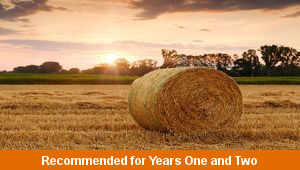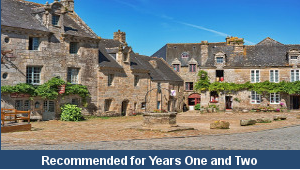Lesson Five – Weekend Times

This maths teaching pack for Key Stage One gets the children to practise reading and writing times to five minutes using an analogue clock face to make a timetable showing family weekend events and experiences.
The class can explain and model how to position the hour and minutes hands on a clock face correctly to indicate the correct times in steps of five minutes.
Download this teaching pack including a lesson plan, classroom activities and an interactive presentation to practise reading and writing times to five minutes using an analogue clock face to make a timetable showing family weekend events and experiences
Activities in this teaching pack include a worksheet to identify and record different times to five minutes using an analogue clock face by adding the matching hour and minute hands and a template to make a timetable showing weekend events and experiences to match different times to five minutes using an analogue clock face.
The interactive presentation gets the children to explore how to read and write times to five minutes using an analogue clock face to make a timetable showing weekend events and experiences.
This lesson is part of a maths scheme of work to get the children to read, match and record times to five minutes using analog and digital clock faces that can identify start times for different events and experiences. There are teaching activities for shared learning, differentiated worksheets to support independent learning and interactive presentations to introduce concepts and key skills.
-

Harbour Labels
Practise structuring and formatting different word processed documents to describe a range of ships and boats seen in a harbour
-

Islam
Explore and illustrate some of the different stories, beliefs and practices of the Islamic religion including special festivals and sacred texts
-

Farm Prints
Practise and demonstrate different techniques when printing a range of shapes and patterns that can reflect themes and ideas related to farming
-

Towns and Villages
Identify, describe and compare some of the changes to different buildings that have occurred in the school neighbourhood over time
